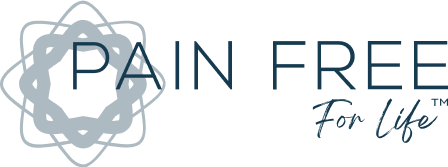 “The human body has an incredible ability to heal itself when given the right tools and support.” – Dr. John Hache
“The human body has an incredible ability to heal itself when given the right tools and support.” – Dr. John Hache
Sciatic pain, often characterized by sharp, jolting discomfort that radiates from the lower back down to the legs, can be debilitating.The condition, commonly called sciatica, is caused by irritation or compression of the sciatic nerve. This nerve, the longest in the body, runs from the lower back through the hips and buttocks and down each leg. Understanding the causes of sciatic pain can lead to effective, natural treatments that provide significant relief.
What Causes Sciatic Pain?
Sciatic pain is typically caused by a herniated disc, spinal stenosis, or a bone spur on the spine compressing part of the nerve. This compression leads to inflammation, pain, and often some numbness in the affected leg. Risk factors include age, obesity, prolonged sitting, and occupations that require twisting the back or carrying heavy loads. By addressing these risk factors, you can often prevent or reduce the occurrence of sciatica.
To explore natural methods for relief, be sure to watch the video below:
Exercises That Relieve Sciatic Pain
Regular exercise can play a crucial role in alleviating sciatic pain by strengthening the muscles around the sciatic nerve and improving flexibility. Here are some effective exercises:
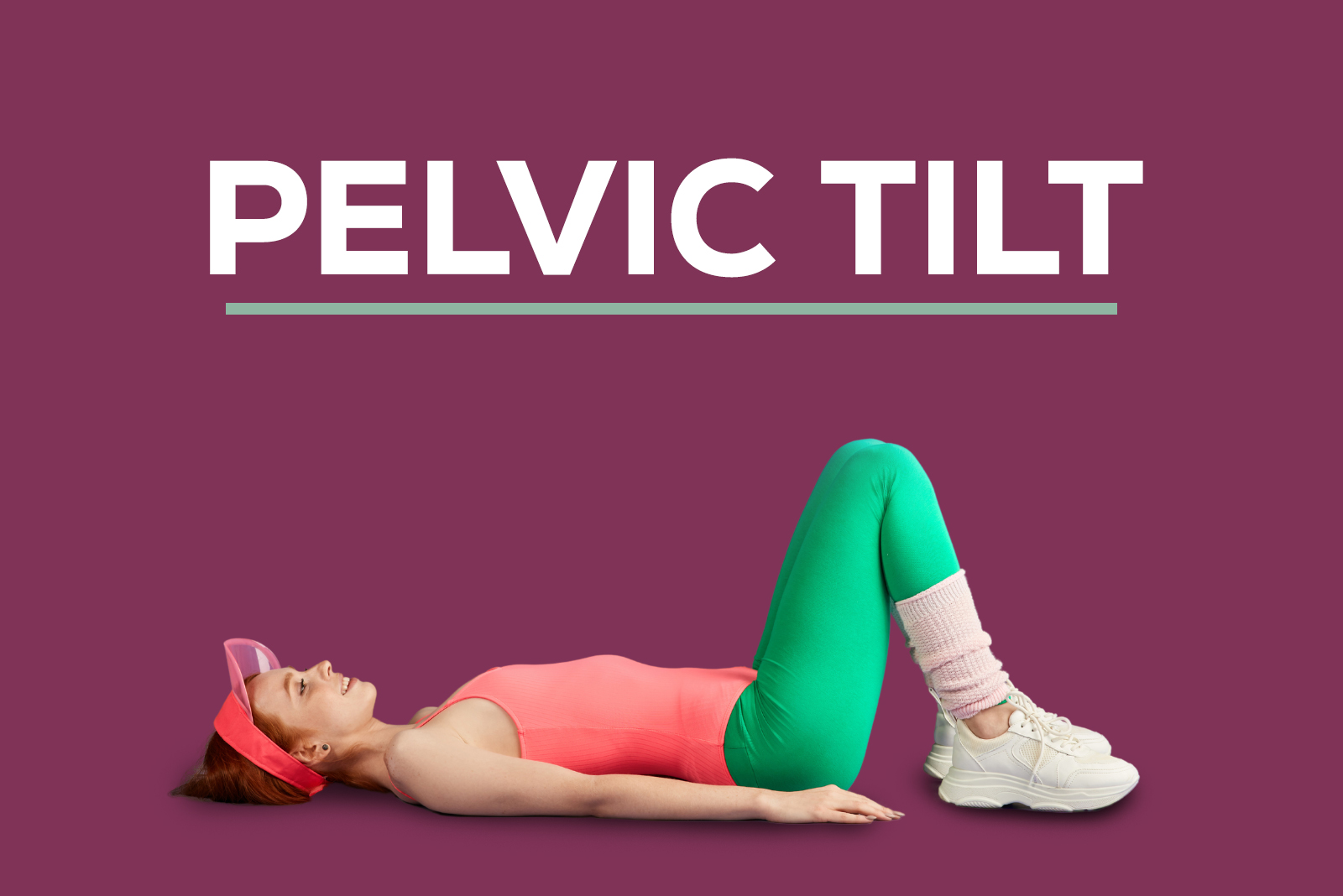
- Pelvic Tilt: Lie on your back with your knees bent and feet flat on the floor. Tighten your stomach muscles and push your lower back into the floor. Hold for a few seconds, then release.
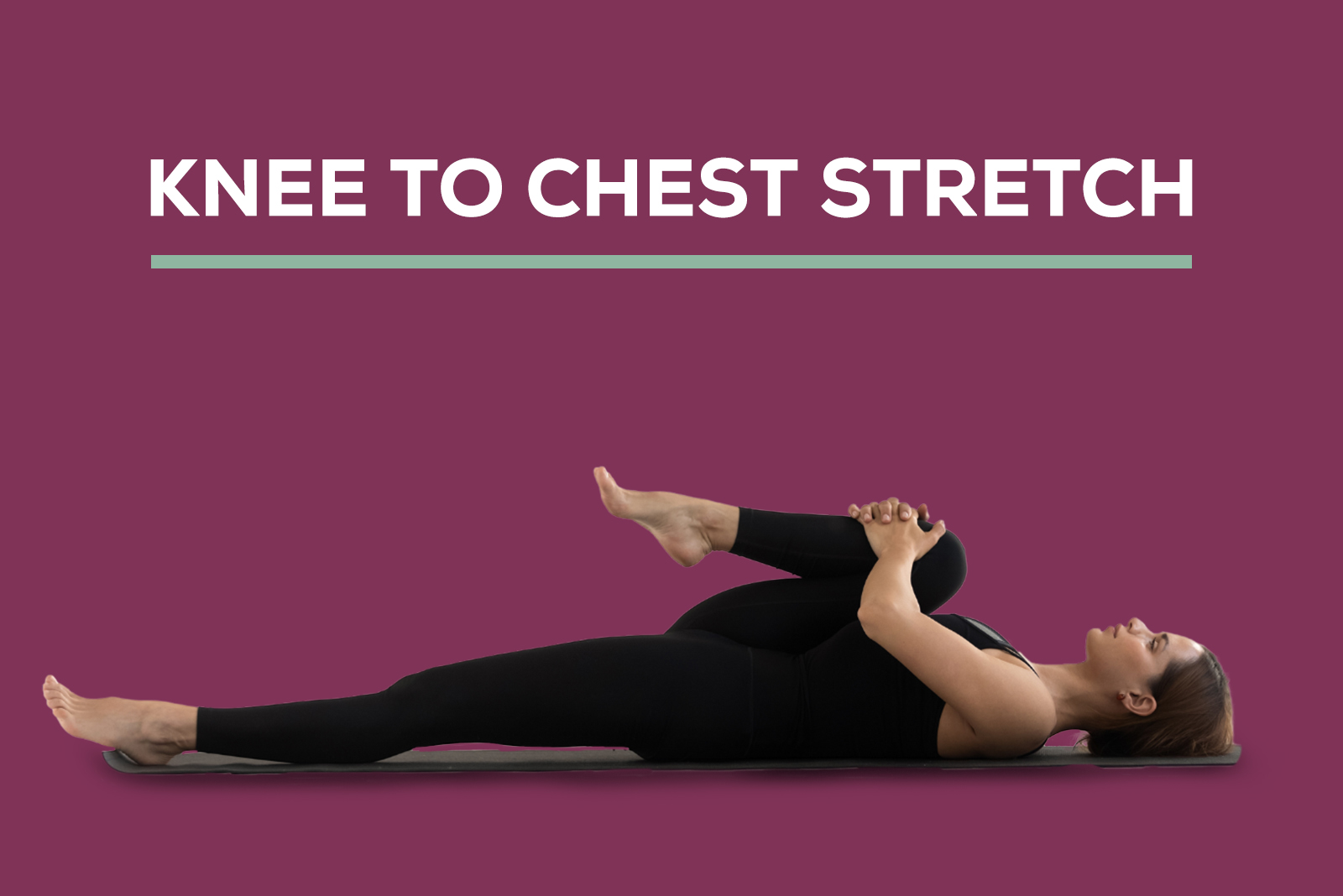
- Knee to Chest Stretch: Lie on your back with your knees bent. Pull one knee toward your chest while keeping the other foot on the floor. Hold for 15-30 seconds and switch legs.
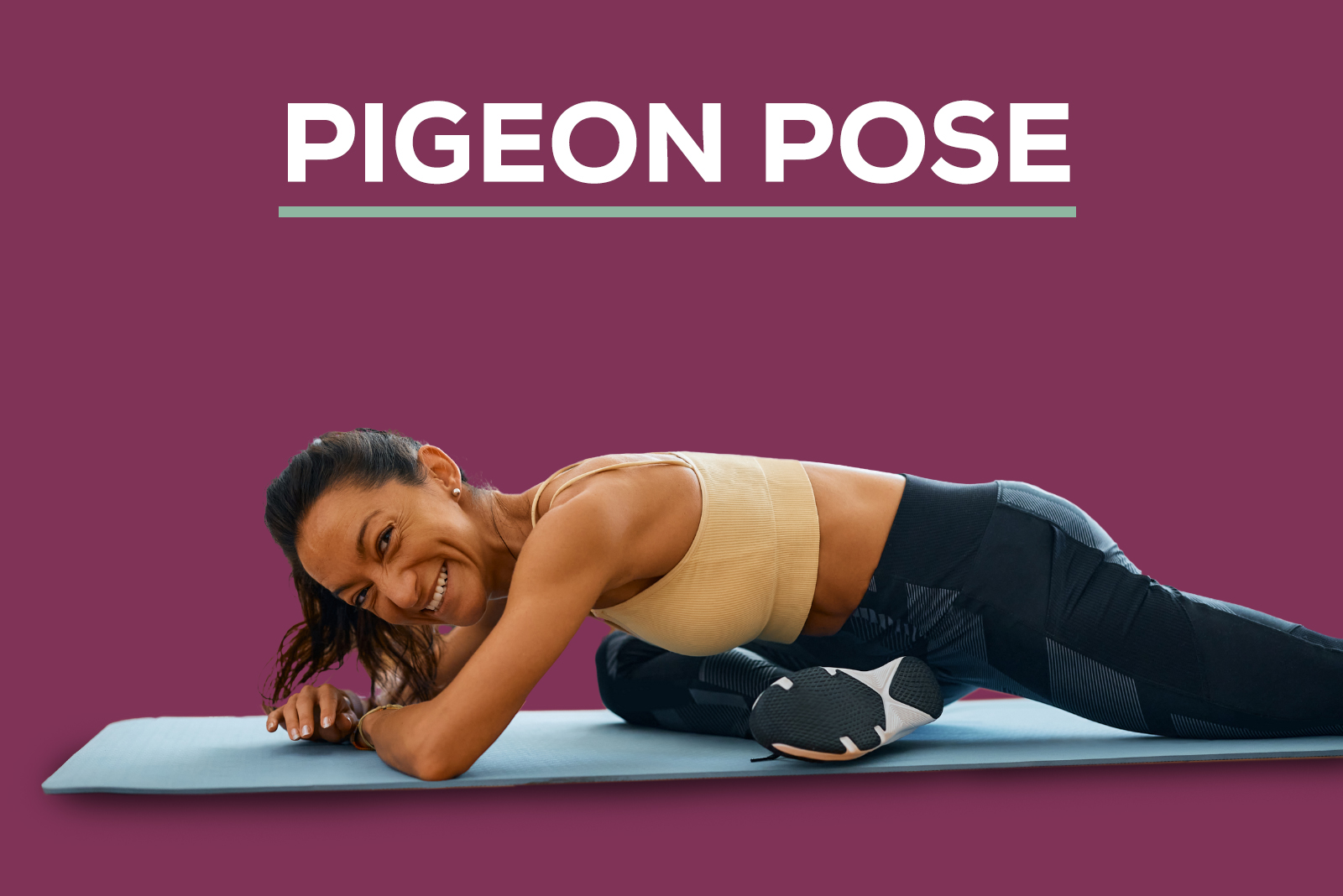
- Pigeon Pose: Begin on all fours. Bring your right knee forward and turn it out to the right so your right foot is near your left hand. Extend your left leg behind you, keeping your hips square. Lean forward to stretch.
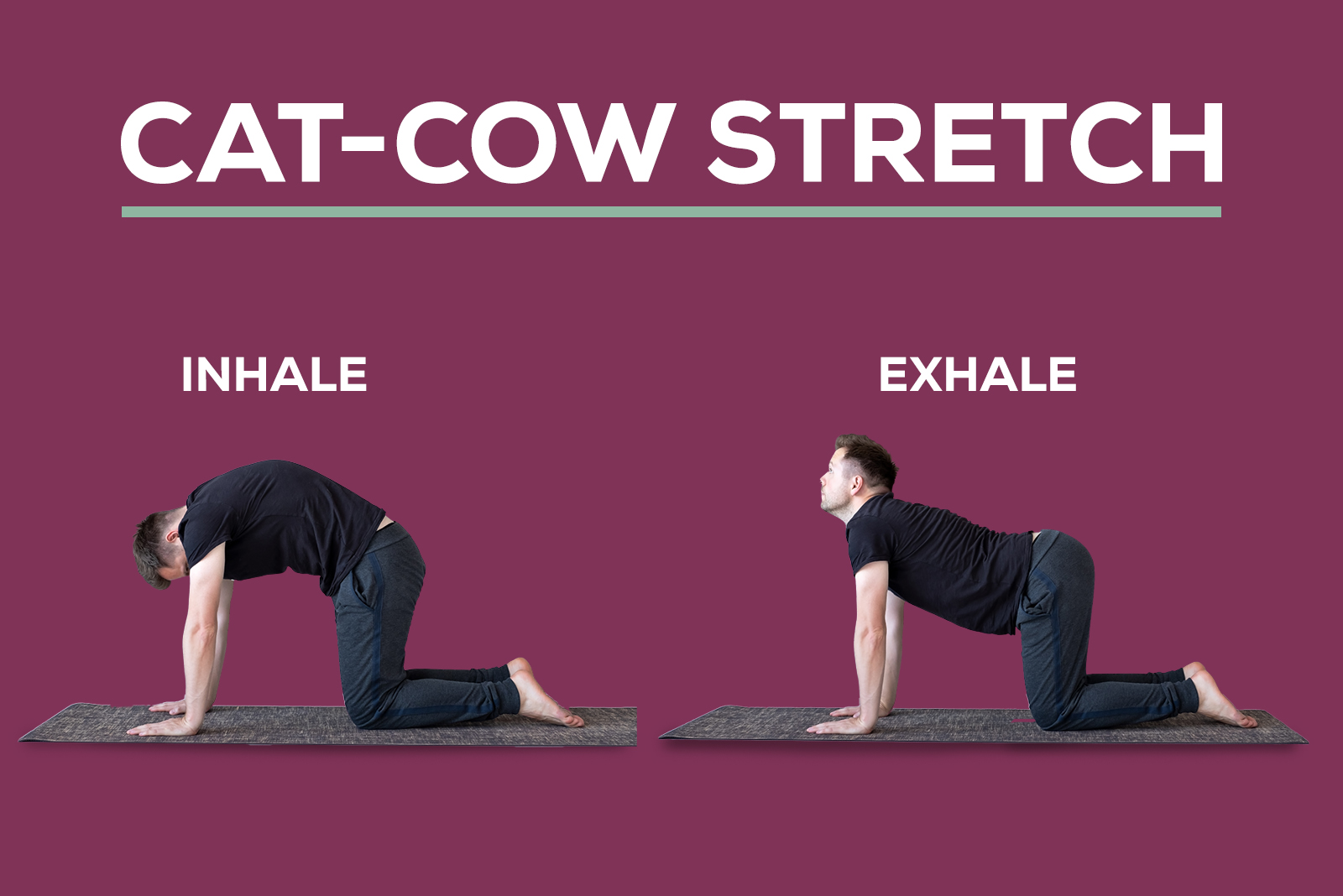
- Cat-Cow Stretch: Start on all fours. Inhale and arch your back (cow position), then exhale and round your back (cat position). Repeat slowly.
(Image Here)
- Spinal Stretch: Sit on the floor with your legs extended straight out. Bend your right knee and place your foot on the outside of your left knee. Place your left elbow on the outside of your right knee to help you gently twist your body toward the right. Hold for 30 seconds and switch sides.
These exercises, sourced from HealthCentral, can help alleviate tension and strengthen supporting muscles.
Ice or Heat
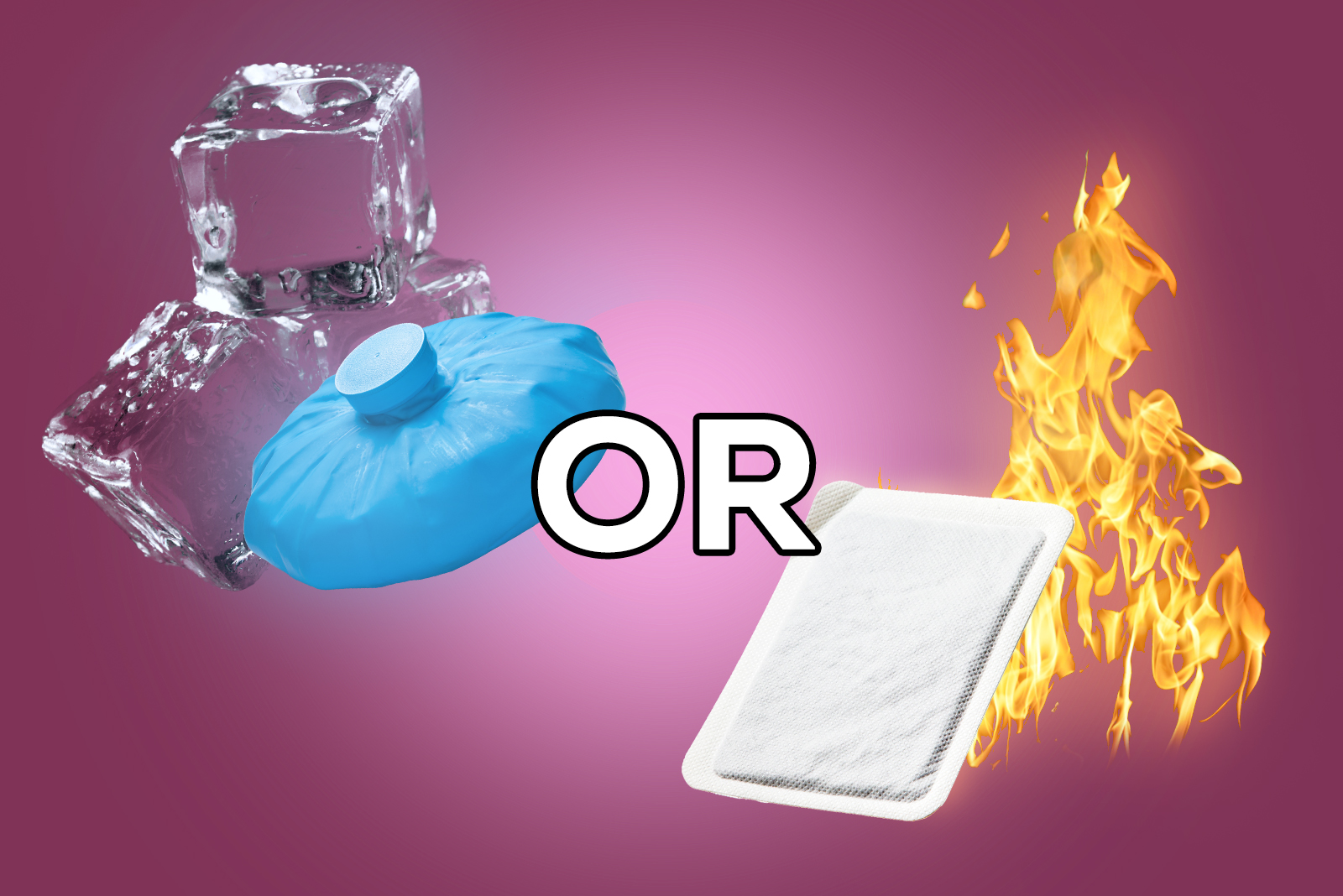
Depending on the stage of sciatic pain, both ice and heat can be effective in providing relief.
Ice Therapy
Applying ice to the affected area can reduce inflammation and numb the pain. Use an ice pack wrapped in a towel and apply it to the lower back for 15-20 minutes several times a day during the first 48 hours after the pain starts. This method is particularly effective for acute sciatic pain, offering immediate relief from severe discomfort.
Heat Therapy
After the initial 48 hours, heat therapy can help relax tight muscles and improve blood flow to the area. Use a warm heating pad or hot water bottle on the lower back for 15-20 minutes. This approach is ideal for chronic sciatic pain, as it helps to ease muscle tension and promote healing.
For more detailed guidance, refer to the article from Harvard Health.
Microcurrent Therapy
Microcurrent therapy stands out as a cutting-edge, drug-free treatment for sciatic pain. This innovative approach uses low-level electrical currents to stimulate healing and reduce pain and inflammation. At Pain Free For Life, we offer microcurrent therapy that targets the root causes of pain rather than just the symptoms. This non-invasive treatment has shown remarkable results in improving sciatic pain and overall wellness.
Microcurrent therapy works by mimicking the body’s natural electrical currents on a cellular level, which promotes the production of ATP (adenosine triphosphate), the energy currency of cells. Increased ATP production accelerates healing and reduces inflammation, providing long-term relief from sciatic pain.
Benefits of Microcurrent Therapy
- Non-Invasive: No need for surgeries or medications.
- Quick Recovery: Faster healing times compared to conventional treatments.
- Personalized Treatment: Therapy can be tailored to individual pain points and conditions.
- Holistic Healing: Addresses the root causes of pain, not just the symptoms.
To learn more about microcurrent therapy and how it can help you, visit our detailed guide on microcurrent treatment for sciatica.
Lifestyle Changes and Tips
Beyond targeted exercises, ice, heat, and microcurrent therapy, certain lifestyle changes can significantly help manage and prevent sciatic pain:
- Maintain a Healthy Weight: Excess weight can put additional pressure on your spine and sciatic nerve.
- Stay Active: Regular physical activity helps keep your spine healthy.
- Practice Good Posture: Proper alignment of the spine can prevent nerve compression.
- Avoid Prolonged Sitting: Take breaks to stand and stretch if you sit for long periods.
- Use Ergonomic Furniture: Chairs and desks designed to support good posture can reduce strain on your back.
Taking the First Step Towards a Pain-Free Life
Sciatic pain can be challenging, but natural treatments like targeted exercises, ice and heat therapy, and microcurrent therapy offer effective relief. By understanding the causes and implementing these strategies, you can manage your sciatic pain and improve your quality of life. For more information on holistic pain solutions, visit the Pain Free For Life Homepage and take the first step towards a pain-free life.
If you are interested in our microcurrent devices, please email our concierge at concierge@painfreeforlife.com. We’re here to support you on your journey to wellness!
Also, join our community of like-minded individuals dedicated to living pain-free lives.
Incorporating these practices into your daily routine helps alleviate current pain and prevents future occurrences. Remember, a holistic approach that includes lifestyle changes, physical therapy, and advanced treatments like microcurrent therapy can lead to long-term relief and better overall health.
